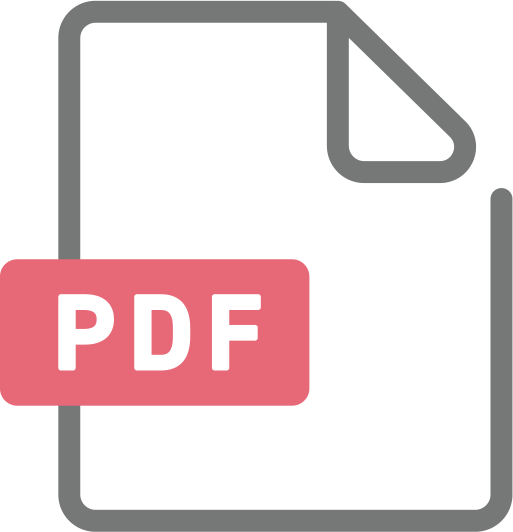Toward a More Accurate Measurement of the Consumer Price Index: Reexamination of Longstanding Unresolved Issues
Author: Shigenori SHIRATSUKA
Date: 2023/1/4
No: DP2023-001
JEL Classification codes: C43; C82; E31
Language: Japanese
[ Abstract / Highlights ]
This paper examines issues for further improving the accuracy of the Japanese Consumer Price Index (CPI). Since the 2000-base revision, the CPI has made several important efforts to improve its accuracy, thereby significantly reducing its measurement error. However, it is not appropriate to consider the magnitude of the upward bias in the CPI as fixed. It is rather important to take the viewpoint that the bias varies with improvements in statistics compilation methods, the passage of time since the base year, and changes in the economic environment. To continuously improve the accuracy of the CPI, it becomes increasingly important to address the limitations in the traditional on-site price survey, such as the diversification of goods and services, the expansion of sales channels, including online sales, and the customized nonlinear pricing and discount sales for each customer. This paper thus examines the directions toward a more accurate CPI measurement by overhauling the "one-specification-for-one-item" policy in the price survey, thereby enhancing price representativeness. To that end, the CPI needs to expand the number of prices surveyed by using alternative price information, along with a review of the item definition and an application of geometric mean in the elementary aggregation.
This paper examines issues for further improving the accuracy of the Japanese Consumer Price Index (CPI). Since the 2000-base revision, the CPI has made several important efforts to improve its accuracy, thereby significantly reducing its measurement error. However, it is not appropriate to consider the magnitude of the upward bias in the CPI as fixed. It is rather important to take the viewpoint that the bias varies with improvements in statistics compilation methods, the passage of time since the base year, and changes in the economic environment. To continuously improve the accuracy of the CPI, it becomes increasingly important to address the limitations in the traditional on-site price survey, such as the diversification of goods and services, the expansion of sales channels, including online sales, and the customized nonlinear pricing and discount sales for each customer. This paper thus examines the directions toward a more accurate CPI measurement by overhauling the "one-specification-for-one-item" policy in the price survey, thereby enhancing price representativeness. To that end, the CPI needs to expand the number of prices surveyed by using alternative price information, along with a review of the item definition and an application of geometric mean in the elementary aggregation.


